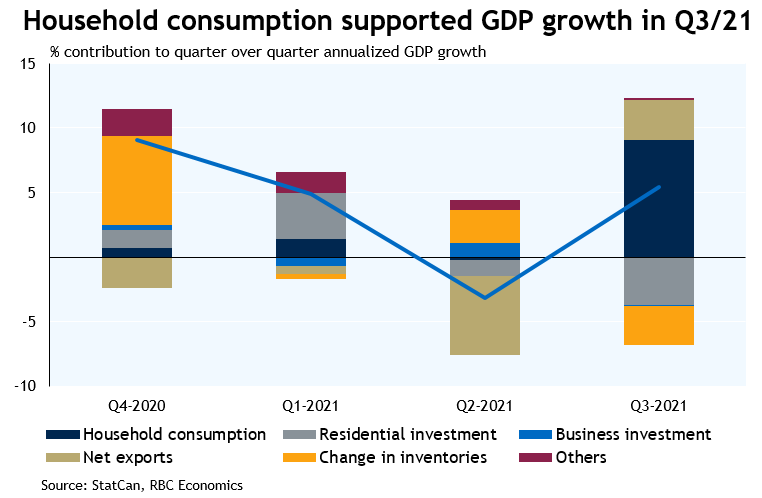
Rbc Employee Login My Information Updater Client
A group benefits package from RBC Insurance can give your employees the protection they deserve and make your company a place where people want to work. Login Access your RBC Life Employee Portal. User Name Password Forgot your password? Select × Login Access your RBC.
Register for CRA Direct Deposit through RBC as a way to receive the Canada Emergency Response Benefit (CERB) faster! Many Canadians.
Kaiser Employee Login My Hr
Important Notice You must have Javascript enabled to use Online Banking. Please enable Javascript and refresh this page. Username or Client Card Number: Online Banking Password: (Do not use the Enter key. Click on 'Sign In'.) New to Online Banking?. Me & RBC @ Home requires Internet Explorer 6.X or greater.
To upgrade to Internet Explorer 6.0, go to. If you are having difficulty signing in to Me & RBC @ Home due to your client card number or Online Banking password, contact Online Services at 1-800-769-2555. For all other HR related inquires please contact the HRSC at 1-800-545-2555.
Chase Employee Login My Rewards At Work
Cox Employee Login My Axis
© Royal Bank of Canada 2001 - 2004 rbc.com is an online information service operated by Royal Bank of Canada. Last modified: 11:15am.
Social Engineering
Social engineering is the art of manipulating people so they give up confidential information. Cyber Criminals often use this tactic, which plays on human emotions, to trick their victims into giving them your passwords or bank information or access to your computer to secretly install malicious software.
You may be asked to reveal personal information, click on a link, or open an attachment.
They try to appeal to your emotions and create a sense of urgency. For instance, they might pose as an RBC employee and ask you to change or confirm your password by clicking on a link.
Their goal is usually to place malware, or malicious software, on your computer or mobile device. Malware is software designed to push ads to you, lock your computer unless you pay a ransom, or track your online activity.
Here are some different types of social engineering scams:
Phishing
Phishing is one of the most common scams used by cyber criminals. They send you a phony email offer (telling you that you’ve won a vacation or a lottery, for example) hoping that you’ll take the bait and give them the information they’re seeking, usually your private information or your financial data.
Here’s how it works:
You’ll be asked to download a file or open an attachment – typically, this will be malicious software masquerading as a harmless file or program.
This software helps cyber criminals gain access to your personal and financial information. Mount and blade warband free.
What You Should Do
The best way to protect yourself from phishing scams is to stop and think – is this too good to be true? If it is, don’t take the bait.

When you receive an “urgent” request, always verify in-person or over the phone that the person contacting you is who they say they are.
If you receive a suspicious email from RBC, forward it to phishing@rbc.com and then delete it right away.
Other Forms of Phishing
Criminals will use any means at their disposal to try to get access to your information, not only email. Phishing scams can also come in the form of text messages to your mobile phone or tablet, or as messages through social media sites, or even telephone calls.
They will also tailor their phishing attacks to appeal to small groups of people (such as human resources professionals, or people sharing a hobby or interest) or even individuals, a practice known as Spear Phishing.
Fake Websites
Have you have ever received an email or text message from a seemingly familiar source asking you to update your profile or change your password due to some unforeseen circumstance?
To spoof a website or an email address means faking the identity of another user or company to make it look like it's from a legitimate source or a known sender.
Here’s how it works:
Using email software, criminals can spoof or imitate an email address or URL to trick recipients into believing that they’re corresponding with a legitimate person, be it a friend, family member, or representative of an organization.
They direct you to a website that looks authentic, but is actually just a carbon copy of the real one.
What You Should Do
If you receive any communication you find suspicious, independently contact the person or organization that sent it before taking any action. Do NOT just reply to the suspicious email to make sure it’s genuine.
Avoid giving away personal and financial information anywhere online, including email.
Do not click on unknown email links or attachments.
If you suspect a fake website is masquerading as an RBC company website, report it to phishing@rbc.com. Remember to copy the full URL (website address) into the body of the email. Erbauer 18v impact drivers for mac os.